Mitchell Booth
West Jordan, UT
Human Nutrition
Leadership Engagement Track
Health Screenings at Homeless Shelters
For my EDGE project, I organized and performed health screenings at local homeless shelters in Cedar City and St. George. I had previously been participating in the RHS-sponsored Foot Clinic at both locations. During the Foot Clinic, patients have their feet soaked in a whirlpool bath and then are seen by a Physician’s Assistant or a Nurse Practitioner. Since there are only two whirlpool baths, the patients often must wait several minutes for their turn. During this time that patients are waiting, I offered to give them a basic health screening. After receiving written consent, patients’ height, weight, BMI, blood pressure, and blood glucose were measured. I then provided a reference sheet that explained the measured data and what the healthy ranges are for each test. Risk factors for diabetes were determined.
This project required preparation, organization, and leadership to complete. I prepared the reference sheets and consent forms, gathered necessary supplies, trained volunteers, and oversaw transportation to and from the shelters. During the screenings, volunteers had to take special care to avoid being pricked by the lancets used for blood glucose testing. Although photos were taken for record of the project, we made sure to avoid pictures of patients’ faces. Patient confidentiality is essential. I was surprised with how many people were interested in participating in the health screenings. Most people wondered what they could do to improve their overall health. The screenings took place twice per month over the course of 6 months.
I decided to complete health screenings for my EDGE Project because of my interest in medicine. After graduating from SUU, I will study podiatric medicine at Des Moines University. I wanted to prepare a project that would 1) give me hands-on experience with patients, and 2) provide a service to those who are in need. I saw that many of the residents at the Cedar City and St. George shelters expressed interest in the foot clinic I was participating in. I noticed that we were losing a lot of time to serve while they were waiting their turn. I had learned how to conduct simple health screenings at a local church and decided to do the same at the foot clinics.
Although overall, the project ran very smoothly, there were some challenges along the way. Initially, it was difficult to gather and organize all of the required supplies. I borrowed all the materials from the Rural Health Scholars organization at SUU. The supplies were kept in a storage unit, but not put together in convenient kits. I gathered stethoscopes, blood pressure cuffs, blood glucose readers, reader strips, lancets, alcohol pads, cotton balls, a scale, and a tape measure. I also created several versions of the reference sheet, over time, as I learned what was easier to understand by patients.
Another challenge I faced was with the execution of the health screenings. There was a lot of variance in the number of residents staying at the shelters at any given time. Some nights, we would see 10-15 patients in a few hours. Other nights, there would only be one or two people. On nights that few residents were present, we were unable to perform any health screenings. Fortunately, more often than not, we stayed very busy.
The health screenings benefited many residents of the homeless shelters. Although we were unable to provide any long-term help, giving patients a quick peek into their health was useful. Many patients were glad to find that they appeared healthy. Others, were glad to be informed of potential health risks. In some cases, we recommended patients to a doctor or free clinic. Most people were grateful that we were willing to share a little bit of our time and skill to tell them about their health.
I learned a lot about patient interaction while carrying out the health screenings. I always left with new perspective for the challenges our patients faced. The skills I learned of taking blood pressure, blood glucose, and calculating BMI will be beneficial in my future medical career. I wrote about my EDGE Project in my podiatry school application, and was fortunate enough to be accepted to Des Moines University College of Podiatric Medicine and Surgery. I believe that the admissions committee was impressed with my leadership and experience in organizing a project for the under-served.
“Tonight, at the St. George clinic, there were so many patients, that we didn’t have time to see them all. We didn’t get home until almost midnight!”
“I completed about 6 health screenings with Mark's help doing the blood pressure. Some of the same people were there today that I'd seen last month. I almost felt like a healthcare professional following up with my patients.”


